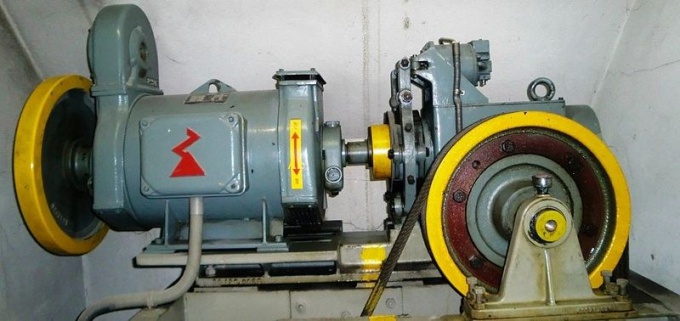Instruction
1
Single-phase asynchronous motor is designed for a voltage of 220 V. It is enough to connect to the network. Remember, however, that the simplicity of the motor connection of this type turns into a major disadvantage — low efficiency.
2
Two-phase motors, also called a condenser, require two parts: paper capacitor for a voltage of less than 500 (the capacity stated in the Handbook either directly on the engine), and in some cases step-down autotransformer, because most of these motors designed for a voltage of 110 V. On the windings, which is designed for direct connection, apply this voltage directly, while the rest is through connected in series with it a capacitor. Use any other capacitors in addition to paper, is not allowed.
3
Three phase motors to work as the condenser is not designed. Use them in this capacity only at very small load on the shaft, otherwise it will stop, and the windings will burn out from overload. At nominal load feed this engine only from real three-phase network.
4
To connect with universal motor (commutator serial excitement) sequentially connect the field winding and the collector-brush unit. Then, after having loaded the motor shaft the mechanism with which it will be used (this is mandatory), apply to this Daisy-chain supply voltage.
5
Brushed DC motors are usually low voltage. To enable this motor into a 220-volt network, use the appropriate parameters of the power supply, consisting of transformer and rectifier.
Note
Do not touch live parts under voltage. Beware of mechanical injuries. Use the engine, the voltage to which it was designed.
